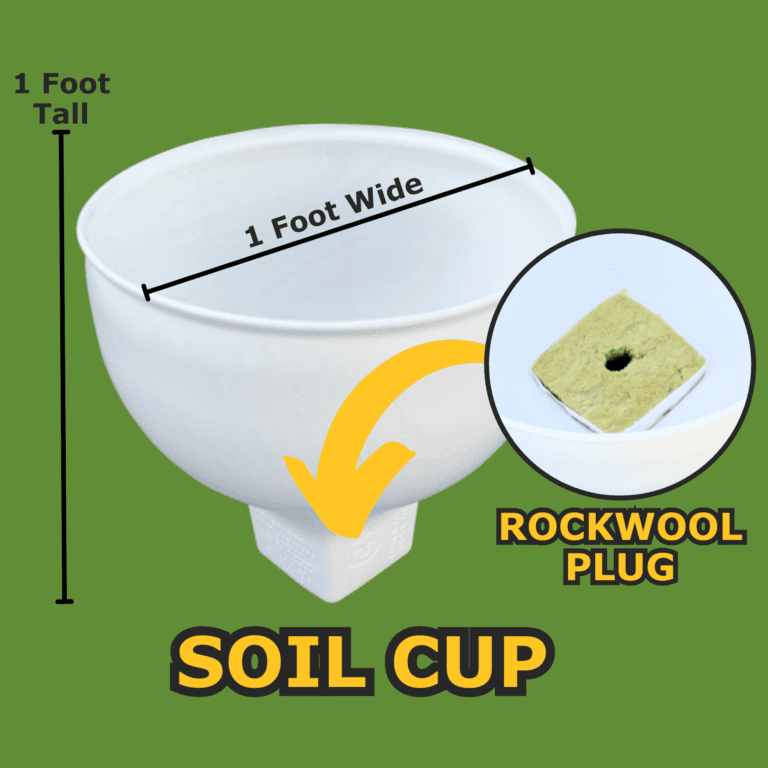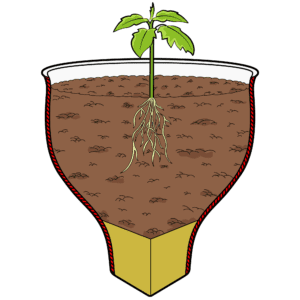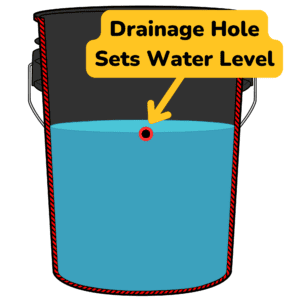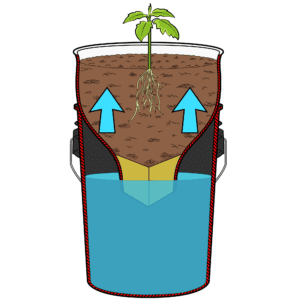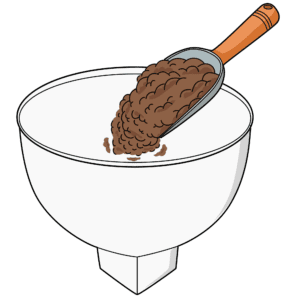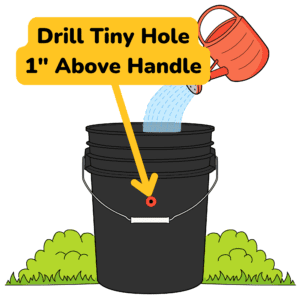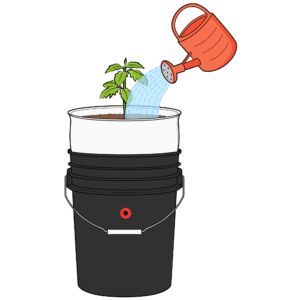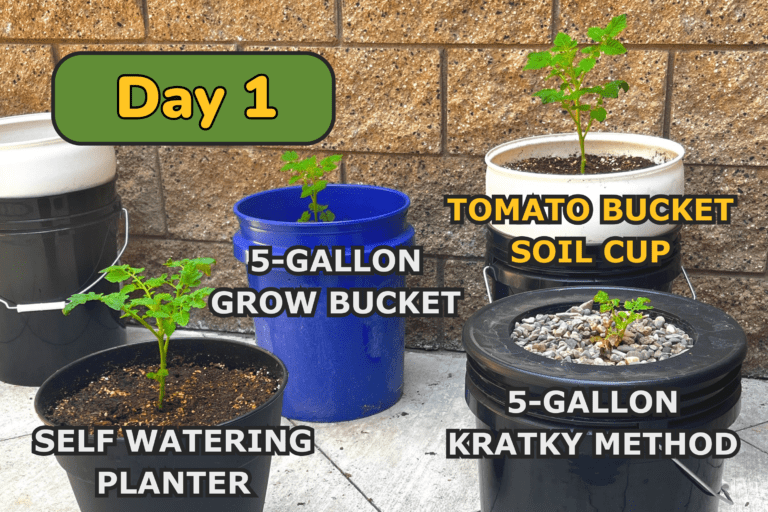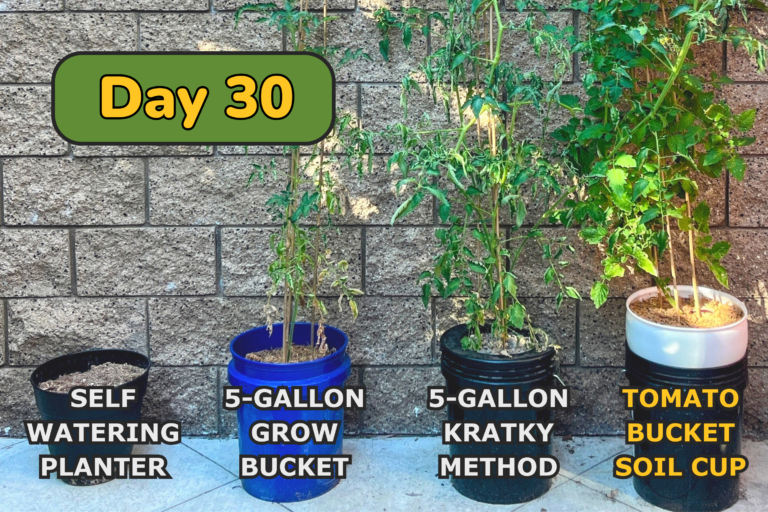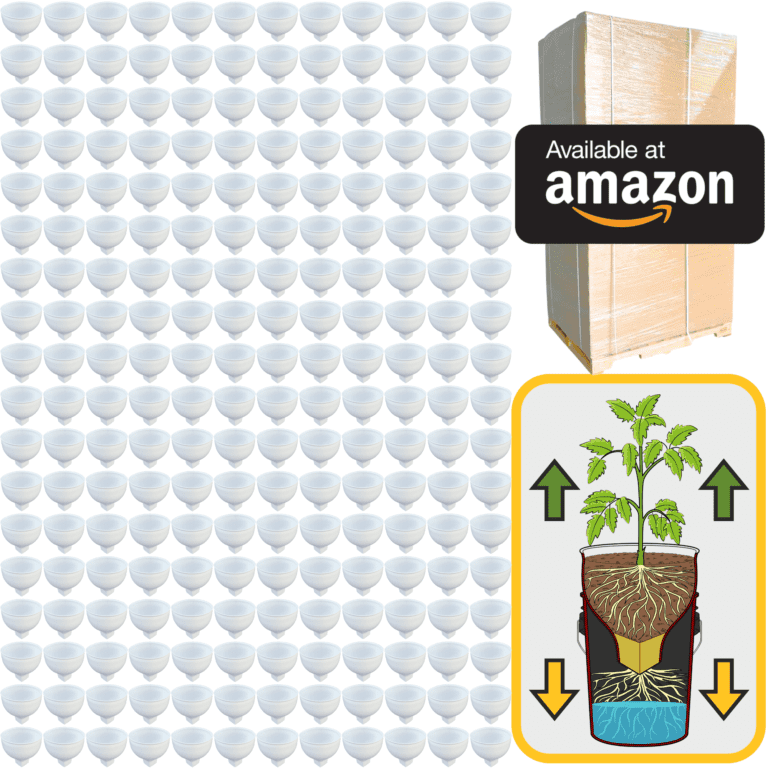Sustainable cannabis cultivation is about creating a thriving, efficient garden that respects the natural environment and conserves resources. At its heart, sustainability is a commitment to using only what’s needed and giving back to the ecosystem in ways that enhance the quality of the plants, the health of the soil, and the overall balance of the environment. It’s a way to grow not just for the yield, but with a deeper purpose, knowing that every step you take contributes to a larger vision of harmony with nature. As you adopt sustainable practices, you’ll find that it not only improves your cannabis quality but also deepens your connection to the growing process itself. The choices you make today, from how you water to how you handle pests, set the foundation for a more resilient, productive, and environmentally friendly grow.
One of the main aspects of sustainable growing is efficient use of energy. Indoor cannabis growing requires ample lighting, and traditional setups with high-intensity discharge lights use a lot of electricity and produce a great deal of heat. One of the most effective ways to reduce energy consumption is to switch to LED lights. LEDs use far less electricity while providing the full light spectrum your plants need to grow healthy and strong. They also produce minimal heat, so there’s less need for extra cooling. By setting your lights on timers, you ensure that your plants get consistent light cycles without using more power than necessary. These adjustments make a noticeable difference, cutting down on energy bills and reducing your environmental impact while providing a stable, optimized light environment for your plants.
Water conservation is another essential part of sustainable cultivation. Cannabis plants need a lot of water, but that doesn’t mean you can’t make the process efficient. Drip irrigation is an ideal system for sustainable growing because it delivers water directly to the roots, minimizing waste from runoff and evaporation. If you’re growing outdoors or have access to a greenhouse, setting up a rainwater collection system is an excellent way to take advantage of natural resources. By collecting rainwater, you can cut down on your reliance on tap water and provide your plants with untreated, mineral-rich water that often benefits their growth. Sustainable water practices like these make a difference over time, reducing waste and ensuring your plants have a steady, reliable source of hydration.
Healthy, living soil is the cornerstone of sustainable cultivation. Quality soil provides essential nutrients, structure, and microbes that help plants thrive without the need for synthetic fertilizers. One of the easiest and most natural ways to boost soil health is through composting. When you add organic compost to your soil, you’re not just feeding the plants; you’re feeding the entire soil ecosystem, creating a network of beneficial organisms that work together to support plant health. Composting allows you to recycle food scraps and garden waste, transforming them into rich, nutrient-dense material that can sustain your plants for multiple grows. Another effective way to enhance soil health is through worm castings, which introduce beneficial microbes and add organic matter. With each addition of compost and worm castings, your soil becomes richer, more balanced, and better equipped to support healthy, vibrant growth.
Sustainable pest management is another vital aspect of environmentally friendly growing. Integrated pest management, or IPM, emphasizes prevention and natural solutions over chemical pesticides. By observing your plants regularly, you can catch potential issues early and address them naturally. One of the best allies you can have in your garden is a healthy population of beneficial insects. Ladybugs, lacewings, and predatory mites all help control pests like aphids and spider mites without the need for harmful chemicals. Companion planting is another excellent strategy, using plants that naturally repel pests to create a protective barrier around your cannabis. For example, marigolds and basil are known to deter pests, and planting them around your garden can add a layer of defense while enhancing biodiversity. With IPM, you’re not just managing pests; you’re building a balanced ecosystem where your plants and natural allies thrive side by side.
Reducing waste is also fundamental to a sustainable approach. Many conventional gardening supplies, like plastic pots, end up as waste. Choosing biodegradable pots or repurposing containers you already have can make a significant difference in reducing landfill impact. You can also repurpose organic materials within your garden. For instance, old cannabis stems and leaves can be composted, returning valuable nutrients to the soil and creating a closed-loop system. Reusing soil is another effective way to reduce waste. By adding fresh compost and organic amendments, you can rejuvenate your soil and prepare it for a new cycle of growth without the need to buy new soil for every grow. These practices not only reduce your environmental footprint but also make your garden more self-sufficient and economical.
Using organic nutrients is another cornerstone of sustainable growing. Synthetic fertilizers are often harsh on the environment, and their overuse can lead to nutrient runoff that harms surrounding ecosystems. Organic nutrients, on the other hand, release their benefits slowly, supporting balanced growth without overwhelming the plant or the soil. Nutrients like fish emulsion, kelp meal, and bone meal provide a broad range of minerals that promote root development and healthy foliage. They also feed the soil microbes, which break down organic matter and make nutrients available to the plants. By relying on organic sources, you’re not just feeding your plants; you’re nourishing the entire soil system, fostering a balanced, vibrant ecosystem that supports long-term health and productivity.
If you’re growing indoors, efficient climate control can help create a stable environment for your plants while minimizing energy use. Temperature and humidity are critical for cannabis, but heating, cooling, and dehumidifying can consume a lot of power. Positioning fans strategically to circulate air is a simple way to reduce the need for air conditioning, as it helps keep temperature and humidity levels even. Insulating your grow space can also help regulate temperature, reducing the load on your heating and cooling systems. For those with a more advanced setup, automated climate control systems can adjust conditions only when needed, optimizing energy use and providing your plants with a consistent environment that encourages steady, strong growth.
Sustainable growing isn’t just a practice; it’s a philosophy, a way of thinking about your garden as part of a larger cycle. It’s about understanding that the choices you make in cultivation have an impact that goes beyond your garden. When you choose energy-efficient lighting, conserve water, build living soil, and manage pests naturally, you’re nurturing a more resilient, balanced ecosystem. Every step you take to grow sustainably is a step toward a garden that’s healthier, more productive, and better for the planet. Sustainability transforms cultivation into something more meaningful—a chance to grow with purpose and respect, to learn from the natural world, and to contribute to its well-being.
Each sustainable choice enriches the experience of growing. The cannabis you cultivate in a sustainable system isn’t just a crop; it’s a product of careful, thoughtful work, of decisions made with a mind to the future. Your garden becomes a reflection of the care and respect you have for the environment and for the plant itself. There’s a deep satisfaction in knowing that your plants are thriving not because of shortcuts or chemicals, but because you’ve created an environment where they can naturally flourish. Sustainable cultivation allows you to grow cannabis in a way that aligns with the rhythms of the earth, honoring the plant and the ecosystem.
As you work to make your grow more sustainable, you’ll find that it’s more than just an approach; it’s a way to connect with the natural cycle, a way to grow that brings lasting rewards both for you and for the environment. Each harvest will carry with it the care you put into creating a balanced, efficient system, one that respects nature’s resources and gives back more than it takes. Sustainable cultivation is more than just a technique—it’s a commitment to growing responsibly, to creating something beautiful that has a positive impact far beyond your own garden. It’s a way to cultivate not just cannabis, but a healthier, more harmonious relationship with the earth.

